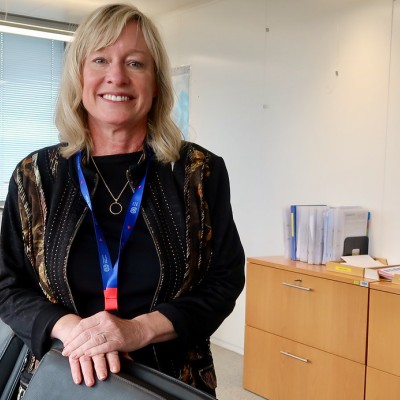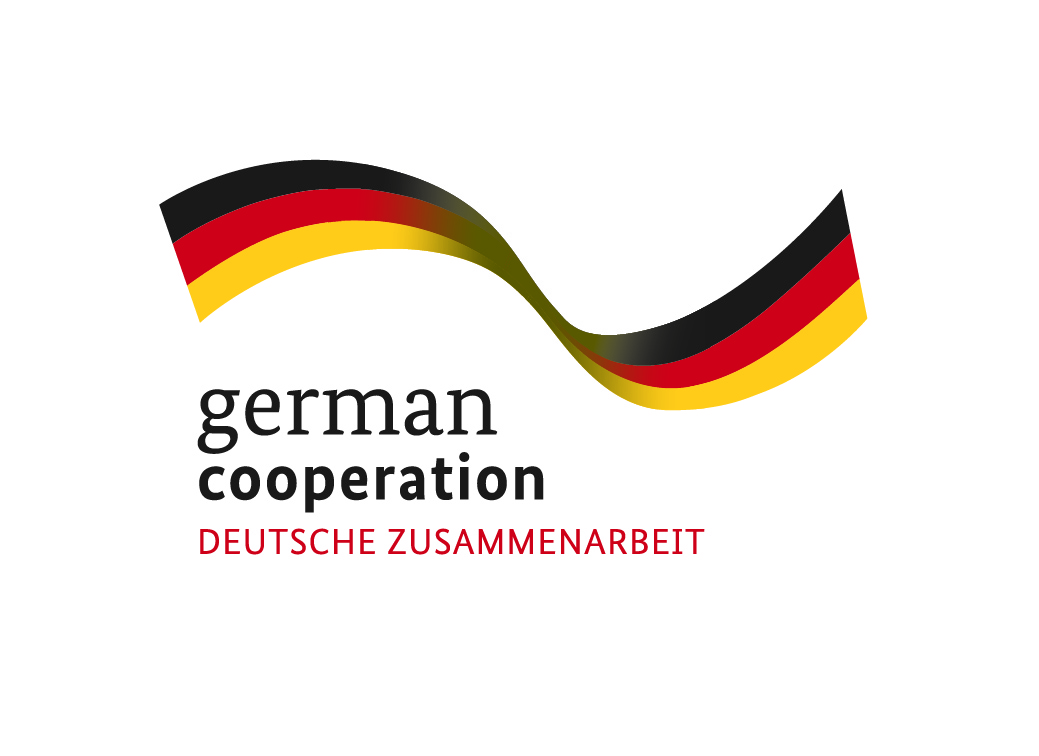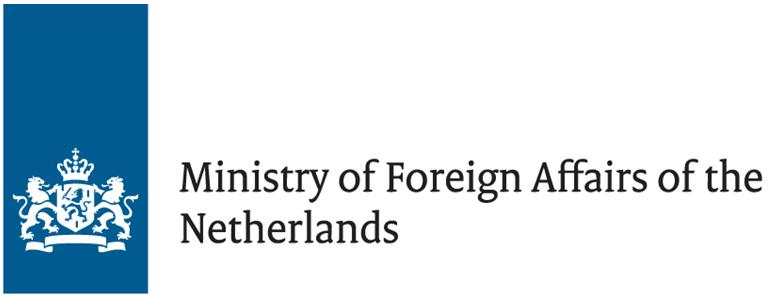Panel temàtico 11 - El trabajo infantil en las cadenas de suministro
Panel temàtico 11 - El trabajo infantil en las cadenas de suministro
In supply chains, the root causes of child labour involve a combination of structural factors, including weak governance, low rates of economic growth, high levels of poverty and informality, lack of decent work for parents and youth of legal working age, limited access to quality and free education, as well as to social protection floors, and the many barriers that all workers, including migrant workers, continue to face to fully enjoy all their fundamental principles and rights at work.
Due to the complexity of these challenges and the myriad of interdependent actors in supply chains, addressing child labour in supply chains calls for a greater understanding of the shared responsibilities and the need for more coherent efforts and collective action among a wide range of stakeholders.
Over the last decade, a wide range of actors have initiated, tested, and learnt from a variety of solutions that can help to accelerate progress toward the elimination of child labour in supply chains. The session will bring together leaders shaping the future of supply chains to discuss how we can get from where we are now in the fight against child labour in supply chains to where we want to be by the SDG target date of 2025.
This panel will look at how governments, businesses, trade unions, and civil society committed to end child labour in supply chains can turn ambitious goals into concrete actions and scale up approaches to address persisting and emerging root causes of child labour. In doing so, the session will look at the specific roles and responsibilities of both public and private actors in this shared responsibility and goal. Panellists will also explore new public and business-led efforts to improve the impact of child labour due diligence and accelerate collective action from the private sector.
With only a few years left to reach SDG Target 8.7, it is urgent for leaders to end child labour in supply chains and multiply the impact they can have to foster more inclusive economic growth.















